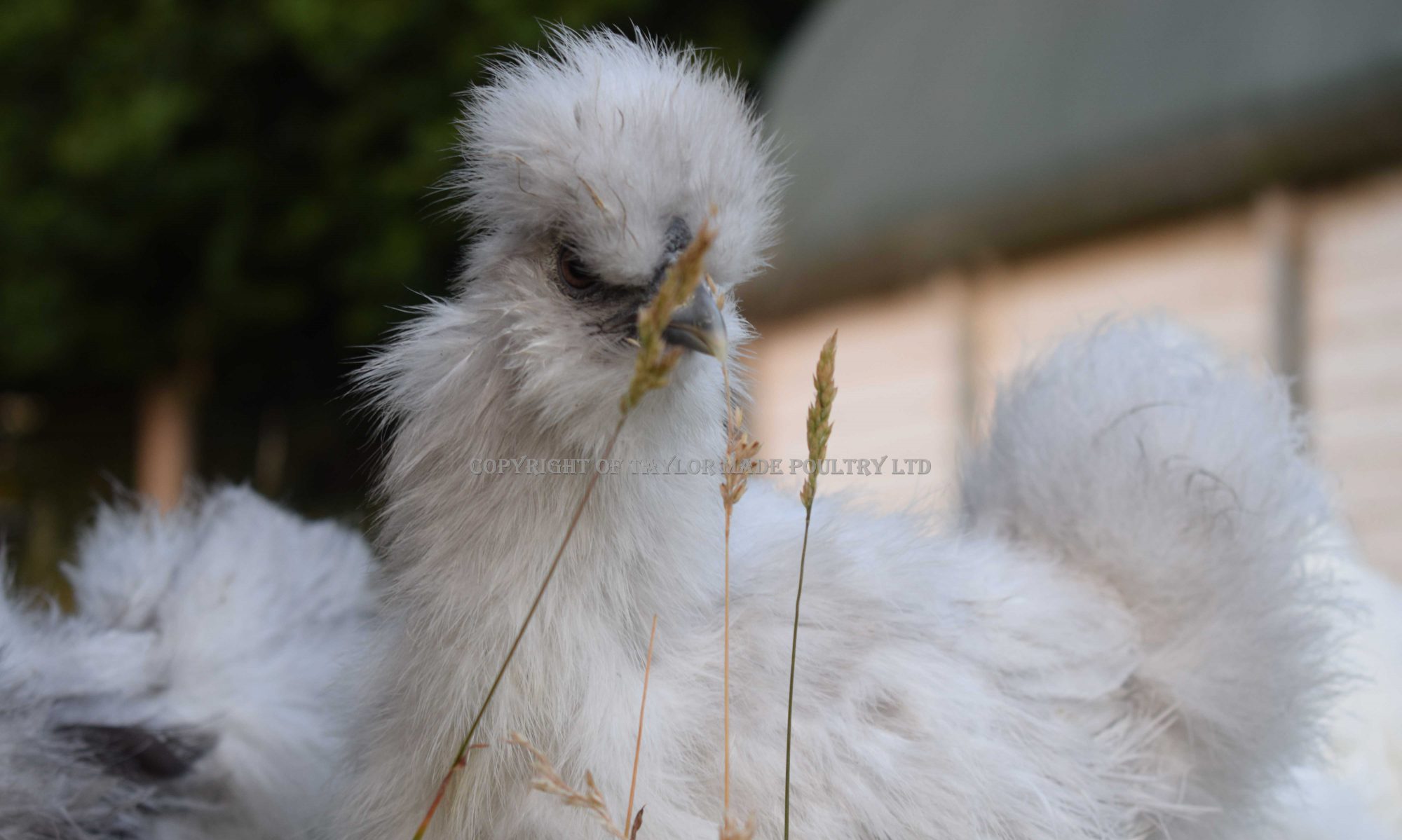|
There are at least two hundred breeds and variations of domestic chickens on record, most though are extinct or rare.
|
|
•There are more chickens on earth than there are people, over three billion in china alone.
|
|
•The red Jungle fowl Gallus gallus is generally believed to be the ancestor of the modern domesticated chicken.
|
|
• Recent evidence suggests that domestication of the chicken began in Vietnam over 10,000 years ago.
|
|
•Chickens are the closest living relative of the tyrannosaur.
|
|
•If you have a fear of chickens you may be Alektorophobic.
|
|
•A chickens’ heart beats at an amazing 280-315 beats a minute.
|
|
•Chickens enjoy dust bathing and become frustrated if they are prevented from doing so, such as in the close confinement of factory farmed battery hens.
|
|
•In their natural environment Chickens are fastidiously clean and preen their feathers everyday
|
|
•Chickens are omnivores, this means they eat both vegetables and meat. In the wild, chickens eat grain, seeds, fruit, other vegetation, and insects, they often scratch at the soil to search for seeds and insects. Chickens like girt in their diet, which helps them to digest their food.
|
|
•In the wild Chickens may live for five to eleven years however in the confinement of intensive farming, a meat chicken, called a broiler, generally lives only six weeks before slaughter
|
|
•Some breeds of chickens can lay coloured eggs: Ameraucana and Araucana can lay eggs colored in shades of green or blue, depending on the breed.
|
|
•In their natural environment Chickens live together as a flock. They have a communal approach to the incubation of eggs and raising of young.
|
|
•Chickens have been depicted on postage stamps such as this one from the Faroe Islands issued 2007.
|


